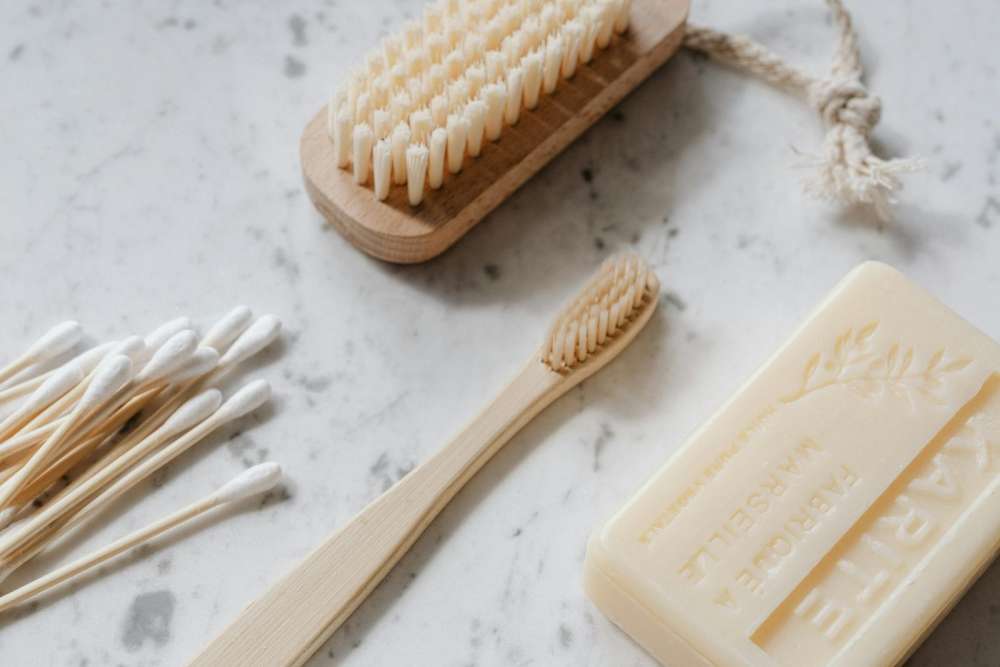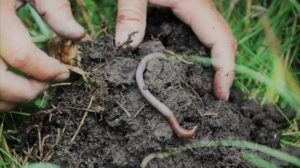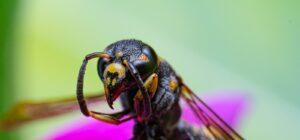Class: Primary 6
Term: 1st Term
Week: 2
Age: 12 years
Period:
Duration: 40 minutes
Date:
Subject: Pre-vocational Studies
Curriculum Theme: Home Economics
Topic: Healthy Home Environment 2
Content:
- Cleaning agents and tools: Items used for removing dust and dirt from various articles and surfaces in the home and classroom environment.
Specific Objectives:
By the end of the lesson, pupils should be able to:
- Define cleaning tools.
- List 6 examples of cleaning tools.
- Define cleaning agents.
- List 5 examples of cleaning agents.
Reference Materials:
- 9 – Years Basic Education Curriculum
- Abuja Educational Resource Centre Scheme of work
- NAPPS National Unified Scheme of Work
- Online Information
- Textbooks
Instructional Materials:
- Cleaning tools (broom, mop, vacuum cleaner, etc.)
- Cleaning agents (detergents, disinfectants, vinegar, etc.)
- Pictures or charts of cleaning tools and agents
- Whiteboard and markers
- Worksheets for pupils
- Safety gloves and aprons
Rationale for the Lesson:
Understanding different cleaning agents and tools is essential for maintaining a healthy and clean home environment, promoting personal hygiene, and preventing the spread of diseases.
Prerequisite/Previous Knowledge:
Pupils have had a previous lesson on Healthy Home environment and are expected to have a basic understanding of personal hygiene and the importance of cleanliness in the home.
INSTRUCTIONAL PROCEDURES:
Content Development: Cleaning Agents and Tools
| Content | Time | Teaching Method | Teacher’s Points/Activities | Pupils’ Activities |
|---|---|---|---|---|
| Step 1: Introduction | 5 mins | Question and Answer | – The teacher introduces the topic “Cleaning Agents and Tools” and asks pupils about their experiences with cleaning at home. | – Pupils share their experiences. |
| Step 2: Definition of Cleaning Tools | 5 mins | Explanation | – The teacher explains the definition of cleaning tools as items used for removing dust and dirt. | – Pupils listen and take notes. |
| Step 3: Examples of Cleaning Tools | 8 mins | Discussion | – The teacher leads pupils in identifying and listing examples of cleaning tools, such as broom, mop, vacuum cleaner, etc. | – Pupils participate in the discussion and list examples. |
| Step 4: Definition of Cleaning Agents | 5 mins | Explanation | – The teacher explains the definition of cleaning agents as substances used to clean and disinfect surfaces. | – Pupils listen and take notes. |
| Step 5: Examples of Cleaning Agents | 8 mins | Discussion | – The teacher introduces various cleaning agents like detergents, disinfectants, vinegar, etc., and discusses their uses. | – Pupils participate in the discussion and list examples. |
| Step 6: Note Taking | 5 mins | Note Taking | – The teacher provides a note summarizing the key points about cleaning tools and agents. | – Pupils copy the note into their notebooks. |
| Step 7: Evaluation | 2 mins | Question and Answer | – The teacher asks questions to assess pupils’ understanding of the topic. | – Pupils respond to the teacher’s questions. |
| Step 8: Conclusion | 2 mins | Recap | – The teacher summarizes the key points of the lesson and emphasizes the importance of maintaining a clean environment. | – Pupils pay attention and prepare for the next lesson. |
Note to Pupils:
Cleaning Tools
Cleaning tools are essential items used for removing dust and dirt from various surfaces in our homes and classrooms. These tools make our environment clean and healthy.
Examples of Cleaning Tools:
Common cleaning tools includes:
- Broom (Short Handle):
- Use: Sweeping dirt and debris from small areas like rooms and corners.
- Broom (Long Handle):
- Use: Sweeping larger areas such as hallways and outdoor spaces.
- Dustpan:
- Use: Collecting and disposing of swept debris.
- Mop:
- Use: Cleaning and mopping floors for a polished finish.
- Bucket:
- Use: Carrying water and cleaning solutions during the cleaning process.
- Brush:
- Use: Scrubbing and cleaning surfaces with tougher stains.
- Rake:
- Use: Gathering leaves, grass, or debris in outdoor spaces.
- Cutlass:
- Use: Trimming grass or cutting through thick vegetation.
- Hoe:
- Use: Loosening soil and removing weeds in gardening.
- Dustbin:
- Use: Collecting and containing household waste for disposal.
- Ceiling/Wall Broom:
- Use: Reaching and cleaning high surfaces like ceilings and walls.
- Sponge:
- Use: Wiping and cleaning surfaces with a gentle touch.
- Cloth/Towel:
- Use: Drying and wiping various surfaces.
- Gloves:
- Use: Protecting hands during cleaning tasks and handling cleaning agents.
These tools and their proper use contribute to maintaining a healthy and hygienic home environment.
Cleaning Agents
Cleaning agents are special substances that help us clean and disinfect surfaces. They play an important role in maintaining a safe and hygienic environment.
Examples of Cleaning Agents:
Some different cleaning agents and their uses includes:
- Detergents: For washing dishes and surfaces.
- Disinfectants: To kill germs and bacteria.
- Vinegar: A natural cleaner for various purposes.
- Baking Soda: Effective for removing stains and odors.
- Soap: For personal and general cleaning.
- Bleach: A strong disinfectant.
- Solvents (e.g., water, turpentine, paraffin, methylated spirit): For various cleaning purposes.
- Scouring powder: Helps remove tough stains.
- Lime: Used as a cleaning agent in some contexts.
- Ammonia: Commonly used for cleaning surfaces.
- Toilet bowl bleach: Specifically designed for toilet cleaning.
- Air freshener: Adds a pleasant fragrance to the environment.
- Furniture polish: Enhances and protects furniture surfaces.
- Carpet cleaner: Designed to clean carpets effectively.
- All-purpose cleaner: Versatile cleaner for various surfaces.
Remember, keeping our surroundings clean contributes to a healthier and happier living.
Evaluation:
- What are cleaning tools, and can you give examples?
- Define cleaning agents and list examples.
- Why is it important to use cleaning tools and agents in your home?
Note to Teachers:
Customize the lesson content, teaching methods, and pupil activities to suit your teaching style, curriculum, and available resources.






